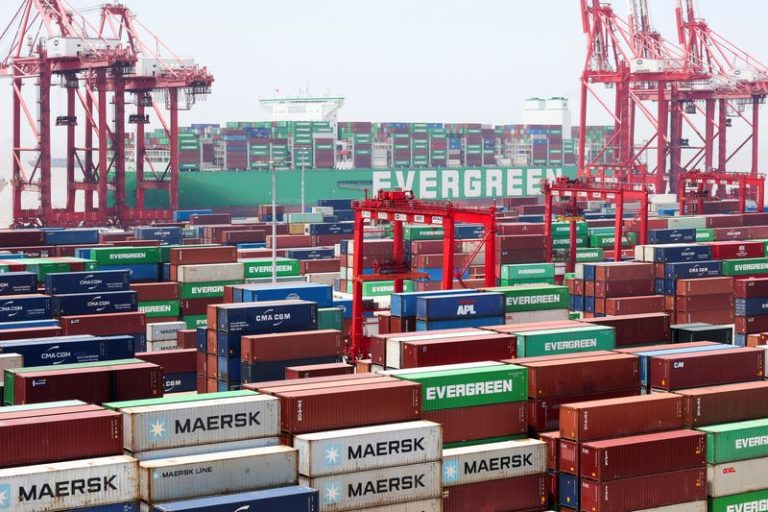According to Ramandeep Sassi, Chief Business Officer – Fund Management at Welspun One, HNIs, UHNIs, and family offices have collectively channelled over Rs 74,000 crore into the Indian real estate market via the AIF route as of FY2025.
Offering stronger governance, professional management, and transparency, AIFs are transforming real estate investing into an institutional, passive, and yield-generating opportunity for affluent investors. Edited Excerpts –
Q) Are HNIs and UHNIs taking part in commercial real estate via the AIF route?
A) Yes. There is growing interest from HNI, UHNI, and Family Office investors in real estate via the AIF route. This regulated structure offers stronger governance, transparent reporting, and a more institutional approach, especially important for large-scale projects.
Warehousing, in particular, has emerged as a highly attractive asset class. Driven by rising demand from e-commerce, Q-commerce, and traditional sectors like auto and pharma, it presents a real, long-term opportunity.
AIFs provide access to high-quality assets with blue-chip tenants, while the fund manager manages the entire lifecycle, from land acquisition to leasing.
For many HNIs, this is the first time they’re seeing a real estate investment that is institutional, fully compliant, and truly passive, without compromising on returns.
Q) What’s driving the shift among HNIs from direct real estate investments to structured exposure through AIFs? what is the kind of money getting invested in real estate through this route?
A) There are multiple reasons driving this shift. The most important is the ease of ownership, coupled with other factors like accessibility to large cheques through AIF pooled investments, mimicking fractional ownership, regulatory oversight by government authorities that adds to investor peace of mind, and professional fund managers managing the AIFs.Direct real estate investing can be time-consuming and operationally intensive—with challenges around land titles, tenant management, and compliance. AIFs strive to reduce this burden.
For HNIs, the inherent liking for real estate is now available in a simplified, dematerialised form, backed by outsourced asset management and institutional-grade tenants.
Additionally, AIFs offer better visibility and transparency. Investors know exactly where their money is going, what’s being built, who the tenant is, and when returns are expected. This level of clarity and governance is a significant shift from traditional models.
In terms of investment volumes, ticket sizes typically begin around ₹1 crore and can go beyond ₹500 crore for large family offices.
As of FY2025, over ₹74,000 crore has been invested into Indian real estate through the AIF route alone. That’s a clear sign of how institutional and high-net-worth capital is flowing into this space at scale.
Q) Which real estate themes are HNIs allocating to most via AIFs ?
A) Various themes available through AIFs have captured investors’ interest with allocations diversifying steadily.
Rent-yielding commercial assets, particularly office spaces, continue to see inflows via AIFs, alongside infrastructure assets like highways, transmission lines, and renewables.
In addition, we’re also witnessing new opportunities emerging in warehousing infrastructure – such as in-city modes as a distinct asset category.
What was once seen primarily as a land appreciation play is now viewed as a premium, yield-generating asset class, particularly in urban centres with growing demand from e-commerce, quick-commerce, and manufacturing.
Greenfield warehousing development AIFs have also seen keen interest from investors looking to ride the development curve, with a different risk-reward profile.
Data centres are another emerging theme, drawing investors aligned with India’s digital infrastructure story, offering long-term leases and strong demand visibility.
Residential development AIFs are also seeing early signs of investor interest, with the category evolving and holding good potential to scale, though these typically require a strong sponsor and clear execution story to win investor confidence.
Q) How do you see family offices and private wealth desks evolving their real estate strategies over next two three years?
A) Private wealth desks are increasingly working with fund managers to evolve real asset strategies that align with the varied risk-return profiles of their investor base.
Family offices, on the other hand, are consolidating their physical real estate holdings and exploring joint development mandates in partnership with professional fund managers, leveraging institutional-grade expertise to unlock value.
Most importantly, they are now actively financialising their exposure to real estate, moving from direct ownership to structured vehicles like AIFs for reasons outlined earlier: ease of management, regulatory oversight, and the ability to access premium assets without operational burden.
Over the next 2–3 years, we expect this shift to accelerate as both wealth desks and family offices build more strategic, long-term allocations to real assets, balancing income-generating assets with development-led growth opportunities.
(Disclaimer: Recommendations, suggestions, views, and opinions given by experts are their own. These do not represent the views of the Economic Times)








